Are you ready to help your content take off like the above airplane?
If you are, here are 10 copywriting lessons that stood out for me from The Boron Letters that you may start applying in your life and content TODAY.
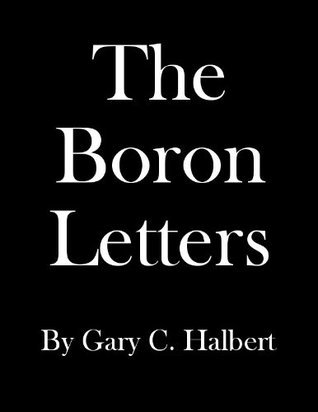

1. Health First
Gary starts his book with a rant about health for three chapters.
He says that two of the most important health habits in all of his life were:
A. “Roadwork” – Meaning, Running/Jogging or Walking 1 hour a day in the morning for 6 days a week
B. Fasting – A weekly fast of a full day
Most of us know that “Roadwork” is healthy, but,
Why fasting you ask?
It is because today’s standard diet makes the stomach use too much energy for digestion, which instead should be used for essential biological processes.
For more details, consider reading “The Miracle of Fasting” by Paul Bragg.
The other killer is overloading your stomach and digestive system, giving it a new job before it has finished digesting the previous meal.
Exercise:
Fast on water for 24 hours once. Then, consider doing it weekly.
Companion Workbook
To make it simple for you to apply these lessons, here´s a companion FILLABLE workbook to go along with the post.
2. Try Again - Be Successful
The first time Gary met “The hill” he was barely able to walk around it once.
But, after a few weeks he already managed to circle it five times, out of which one circle was a slow jog.
There’s a hidden lesson here.
It is that winners become phenomenal simply by showing up again and again.
What it means for us: Content creation is for the long haul. Your first content is very likely going to be very sloppy. Try again and again as much as it takes, until you succeed or you die (hopefully the first) 🙂 To quote Roberto Blake – “MAKE 100 CRAPPY YOUTUBE VIDEOS (Like Mr Beast and PewDiePie Did!)“
Exercise: Search the web and write out 5 quotes on the subject of “Trying again”.
Here are mine:
... if you fall flat on your face, at least you're moving forward. All you have to do is get back up and try again.
Success is the sum of small efforts, Repeated day in and day out.
A QUITTER NEVER WINS-AND---A WINNER NEVER QUITS.
There is no disgrace in honest failure, there is disgrace in fearing to fail.
[Regarding failed experiments] I cheerily assured him that we had learned something ... That the thing couldn't be done that way, and that we would have to try some other way.
3. First Find A Market... Then A Product
4. Best Copywriting Advantage - A STARVING Crowd... V
If you were to sell hamburgers, what advantage would you like to have over the competition?
Some people say a cheaper price, others say quality buns, but, Gary says there’s one advantage that will whip all the others when it comes to sales. It is … (Drumroll please) … – A STARVING crowd

5. Personalize (Before Open) (Not Promotion)
People have two mail piles. Pile “A” of personal mails which always gets read and pile “B” of promotional mails which sometimes maybe gets read. We want to be in pile A. Therefore, we must not include indications of any promotions on the outside of the envelope(Email for content creators).
For starters, you may use your first name and not the brand name.
Exercise: In your email service provider’s interface (E.G. ConvertKit) change the sender name to “First and last name” instead of “Company name”.
6. After Opening - Get Them To Start Reading
Gary often adds “attention grabbers” on top of his letters.
Now, this “attention grabber” must tie in with the copy and not “deceive” the readers.
For example, In one case, Gary attached a dirt baggie to the top of one of his letters. He then explained in the letter that the dirt was from the beaches of Maui where the real estate he was offering was located.

On the contrary, some other author used the headline “A Submarine That Flies?” and then the opener said “We don’t have a submarine that flies but our pink pills are just as miraculous”. People resent this kind of deception.
Exercise: Place a very short GIF or Video or Image that jumps out to grab attention in the beginning of your next content piece/letter, then tie it in with the message you have to say.
7. Personalize (After Open & After Start Reading)
If you read a letter and it says: Hi [Your Name], here’s a way for [Your Age] year old’s to make money from real estate in [Your City].
Would you be more likely to read it than if it says: Hello Sir, here’s a way to make money from real estate?
I bet you would, because you know it addresses you specifically, not someone else.
Exercise: In your next e-mail broadcast use “personalization” in order to have the name of the subscriber inserted to the letter (Hopefully your email service provider offers this option). You may search google for your provider’s individual instructions on how to do it.
8. Copy Ads in Your Own Hand-Writing
Gary outlines a number of ads for you to copy in your own hand-writing.
Because, when you copy great ads, they get “imprinted on your nervous system”.
Exercise: Copy Tova’s Face-Lift-In-A-Jar ad word-by-word in your own hand-writing. (This is actually an exercise Gary gives in the book itself)
9. Read Your Content Out Loud
When you read your content out loud you will naturally stumble over some parts. At this point Gary suggests you re-write it to smoothen it out. Then, repeat until you have no stumbles. Because advertising has to be the smoothest writing of all.
Exercise: Before you publish your next content piece, read it aloud and “smoothen” it a few times until you feel it has no stumbles.
10. Test, test, test
"Groping in the dark in this field, has probably cost enough money to pay the national debt"
There are two ways to test your marketing efforts that pop to my mind
1. Send a small amount first - Limit losses
Gary used to send a 1,000 mails before deciding whether to send more. Then, he used to send 50,000 and only after both of those he went into bigger scale.
In our case, since we follow the “build an audience first”(before a product) philosophy, we do not have income for a long time. So I do not advise scaling like that.
Instead, we may limit losses by launching two identical ads with different headlines simultaneously for every content piece. What do I mean by limiting losses? (Described below the image)
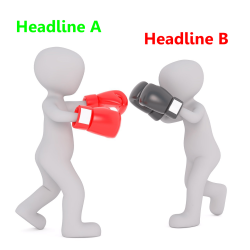
It is that when we compare these headlines, choose a winner, and use the winner in the next pieces – we improve. And when we improve we are avoiding the potential losses of not improving :).
Exercise
A. Once you have launched an ad using the video in exercise 4, Use this Step-By-Step Guide to Launch a duplicate ad with a different headline.
B. -Put 3 reminders in your calendar to remember to observe and document each ad’s CTR* when it ends (1 week recommended) like so: [HEADLINE A]: CTR ____ [HEADLINE B]: CTR _____.
Then, repeat this test with similar headlines in another content piece for a week to isolate the effect of the content itself on the CTR.
C. In the third piece(week), apply the winning format. Check out my Video analysis of TAM for an example.
2. Simply measure results
Unless we determine what shall be measured and what the yardstick of measurement in an area will be, the area itself will not be seen.
Apart from the CTR, Make sure you measure your KPIs*(Usually leads) so that you may scientifically prove that your content is effective.
This is the main idea of the book Scientific Advertising by Claude Hopkins, which Gary firmly suggests⁽²⁾⁽³⁾. (As I interpret it)
Exercise: After launching the ads in the exercises of lessons #4 and #10.1 of this post for your last content piece, make sure you measure the amount of leads you got during their activity [suggested weekly].
Note: Now that you started to measure leads, in my opinion you should do that after each content piece’s ad, so that you may gradually connect the changes you make to the results you get, and improve accordingly.
10 Content Lessons FILLABLE Companion Workbook
Related Articles
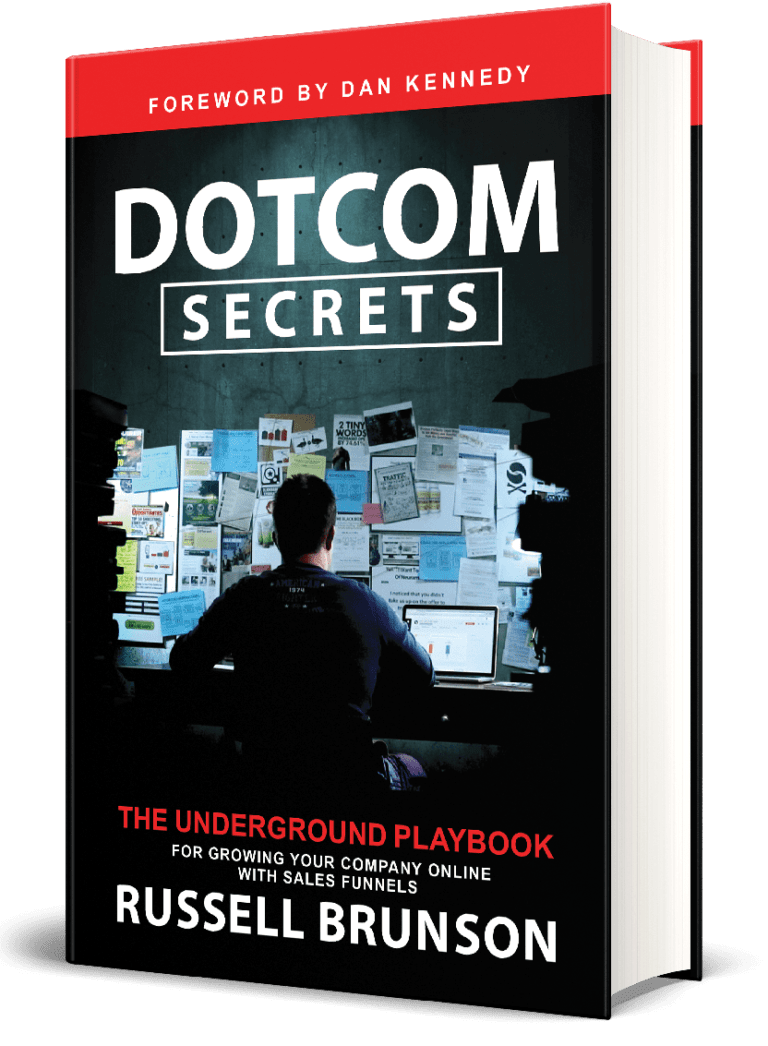
28 DotCom Secrets for Internet Marketing Mastery
Is the best-selling first book of Russell Brunson “DotCom Secrets” really worth the fuss? Animated Summary Book Table of Contents Introduction Opening Credits (00:00:13) Introduction
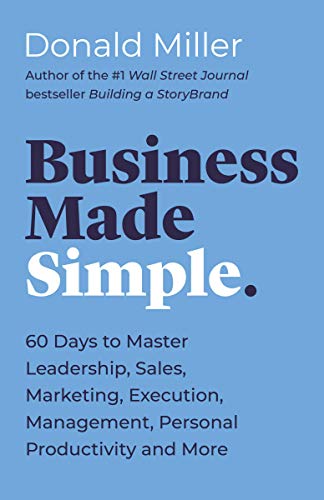
Business Made Simple Should I Read This Fine Book?
Wondering whether Business Made Simple by Donald Miller will help you with your business? Want to get a taste of a few of it’s Ideas
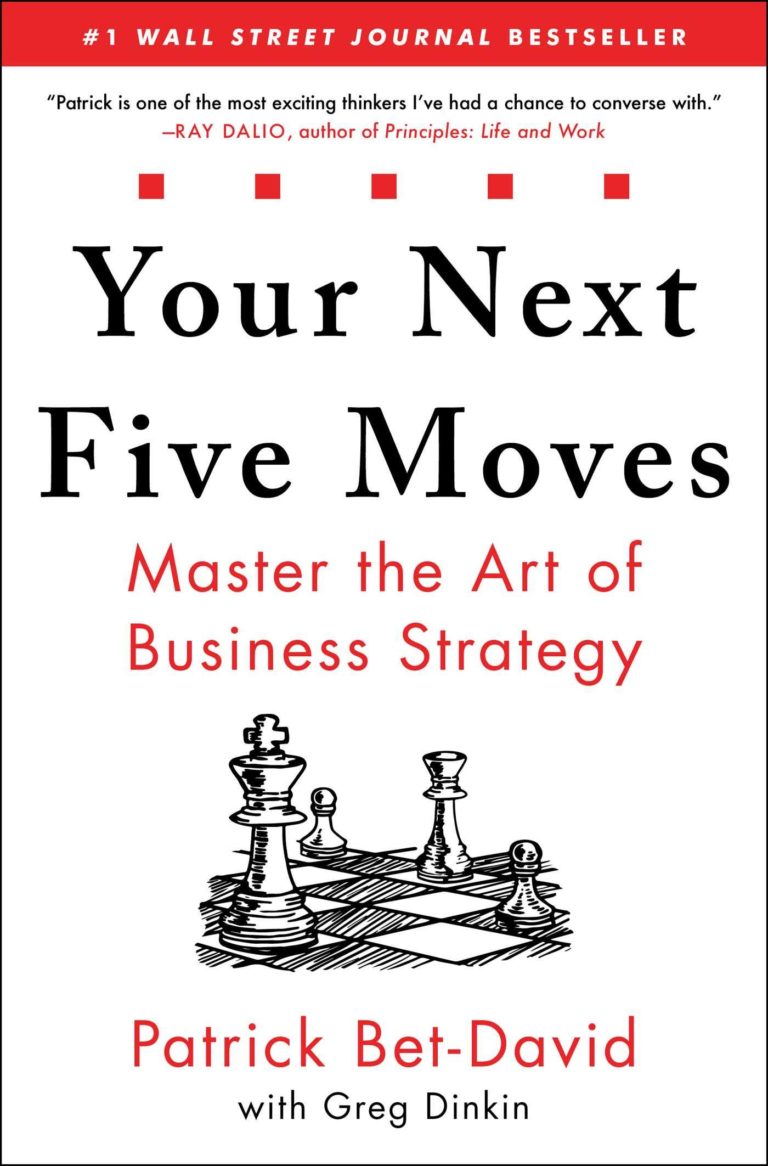
Your Next 5 Moves For A Thriving Business – Detailed Review
A detailed summary of a business strategy book with your next 5 moves. Written by the creator of one of the leading YouTube channels for